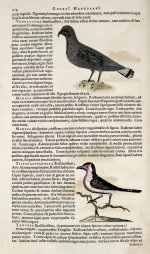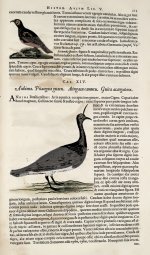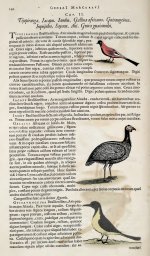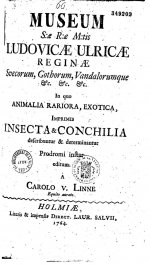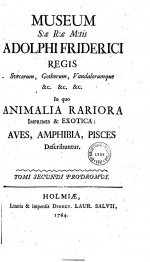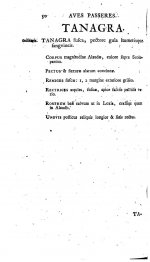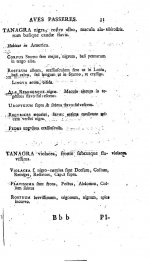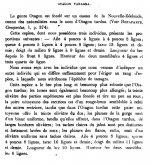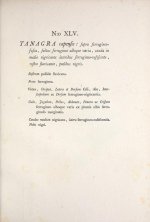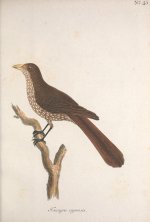Björn Bergenholtz
(former alias "Calalp")

The meaning of "Tapiranga" in (various Foreign) Common Names of Ramphocelus sp. …
As I understand it the different species of "tapirangas" (a name not used in English, I think) are all following the tupi name tapi'rãga, meaning "red one" or something like "red-feathered-one" – a name formed by piranga (pi'rãga) meaning red, used by the Amazonian Indians on the bright red specie Brazilian Tanager Ramphocelus bresilus LINNAEUS 1758, in Portuguese Tié-sangue a k a (earlier, among many other names) "tapiranga".
The same tapiranga has also (at least in Swedish and Polish ornithology) been used on the following (more or less red) birds in Ramphocelus :
So far, so good … but I´ve been trying to figure out the different parts of that name … I got the meaning of piranga, but what does the ta- comes from?
There is a short Etymological section on the Portuguese version of Wikipedia http://pt.wikipedia.org/wiki/Ti%C3%AA-sangue that looks reliable (at least it has a source!), for "Tiê-sangue", that might give a clue or at least some help, but what it says … I do not know. I don´t understand a word of Portuguese!
Anyone of Bird Forum's Portuguese readers, please, feel to explain?
As I understand it the different species of "tapirangas" (a name not used in English, I think) are all following the tupi name tapi'rãga, meaning "red one" or something like "red-feathered-one" – a name formed by piranga (pi'rãga) meaning red, used by the Amazonian Indians on the bright red specie Brazilian Tanager Ramphocelus bresilus LINNAEUS 1758, in Portuguese Tié-sangue a k a (earlier, among many other names) "tapiranga".
The same tapiranga has also (at least in Swedish and Polish ornithology) been used on the following (more or less red) birds in Ramphocelus :
- Silver-beaked Tanager R. carbo PALLAS 1764 a k a silvernäbbad tapiranga (in Swedish) and tapiranga ciemna (in Polish)
- Passerini's Tanager R. passerinii BONAPARTE 1831 a k a (earlier, before the split) "Scarlet-rumped Tanager" or rödgumpad tapiranga (in Swedish) and tapiranga szkarlatno-czarna (in Polish)
- Flame-rumped Tanager R. flammigerus JARDINE & SELBY 1833 a k a eldgumpstapiranga (in Swedish) and tapiranga ognista (in Polish)
- Crimson-backed Tanager R. dimidiatus LAFRESNAYE 1837 a k a rödryggad tapiranga (in Swedish) and tapiranga szkarlatna (in Polish)
- Huallaga Tanager R. melanogaster SWAINSON 1838 a k a huallagatapiranga (in Swedish) and tapiranga kreskowana (in Polish)
- Cherrie's Tanager R. costaricensis CHERRIE 1891 (earlier included in " Scarlet-rumped Tanager") a k a costaricatapiranga (in Swedish) and tapiranga kostarykanska (in Polish)
So far, so good … but I´ve been trying to figure out the different parts of that name … I got the meaning of piranga, but what does the ta- comes from?
There is a short Etymological section on the Portuguese version of Wikipedia http://pt.wikipedia.org/wiki/Ti%C3%AA-sangue that looks reliable (at least it has a source!), for "Tiê-sangue", that might give a clue or at least some help, but what it says … I do not know. I don´t understand a word of Portuguese!
All explanations in references to: FERREIRA, A. B. H. 1986. Novo Dicionário da Língua Portuguesa. Segunda edição. Rio de Janeiro: Nova Fronteira.Etimologia: "Tiê" e "tié" se originaram do tupi ti'ê. "Baeta" é um tecido felpudo de lã . "Tapiranga" veio do tupi tapi'rãga, "plumagem vermelha" . "Tié-piranga" veio do termo tupi para "tié vermelho"
Anyone of Bird Forum's Portuguese readers, please, feel to explain?






